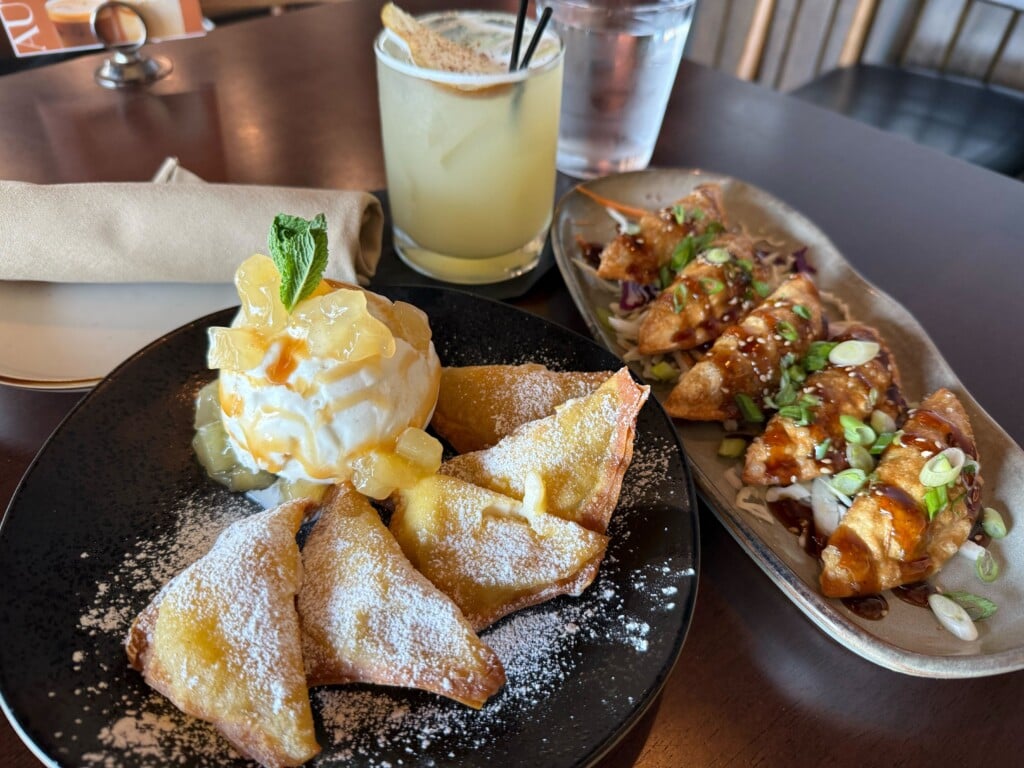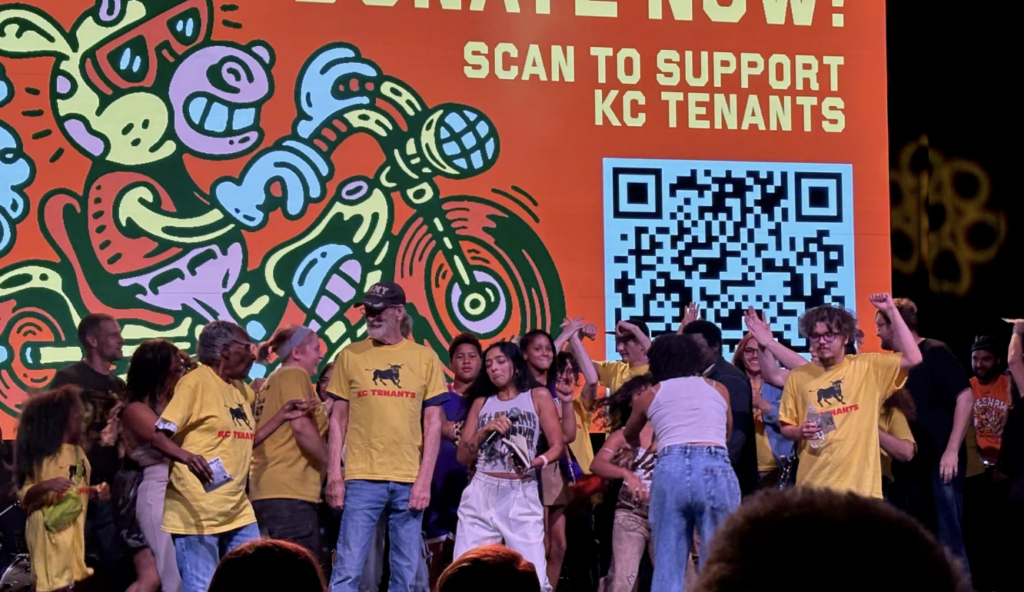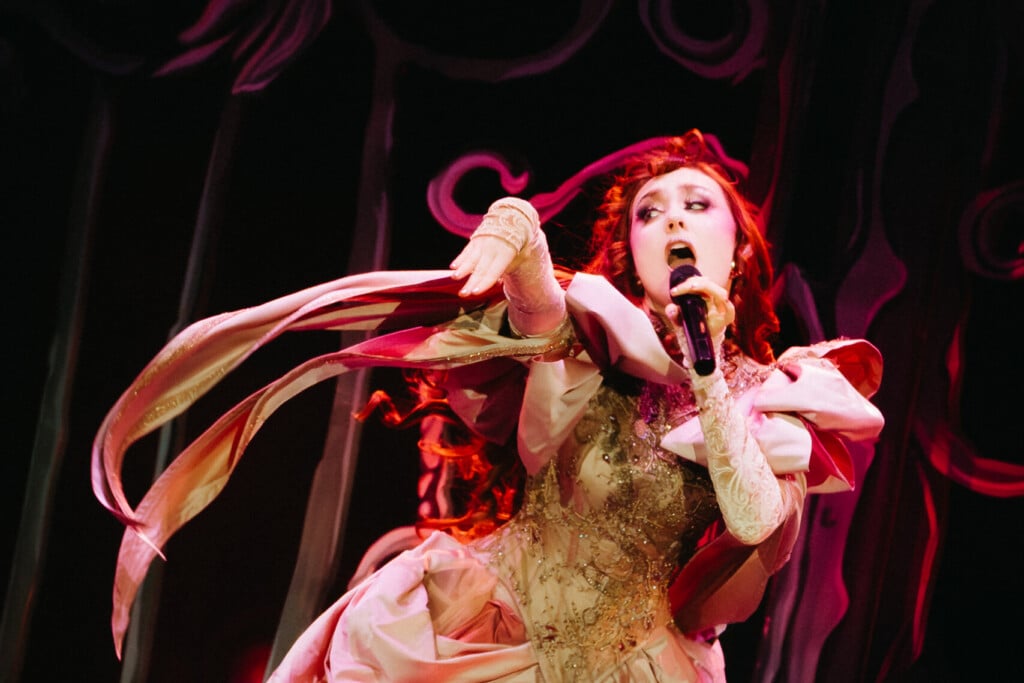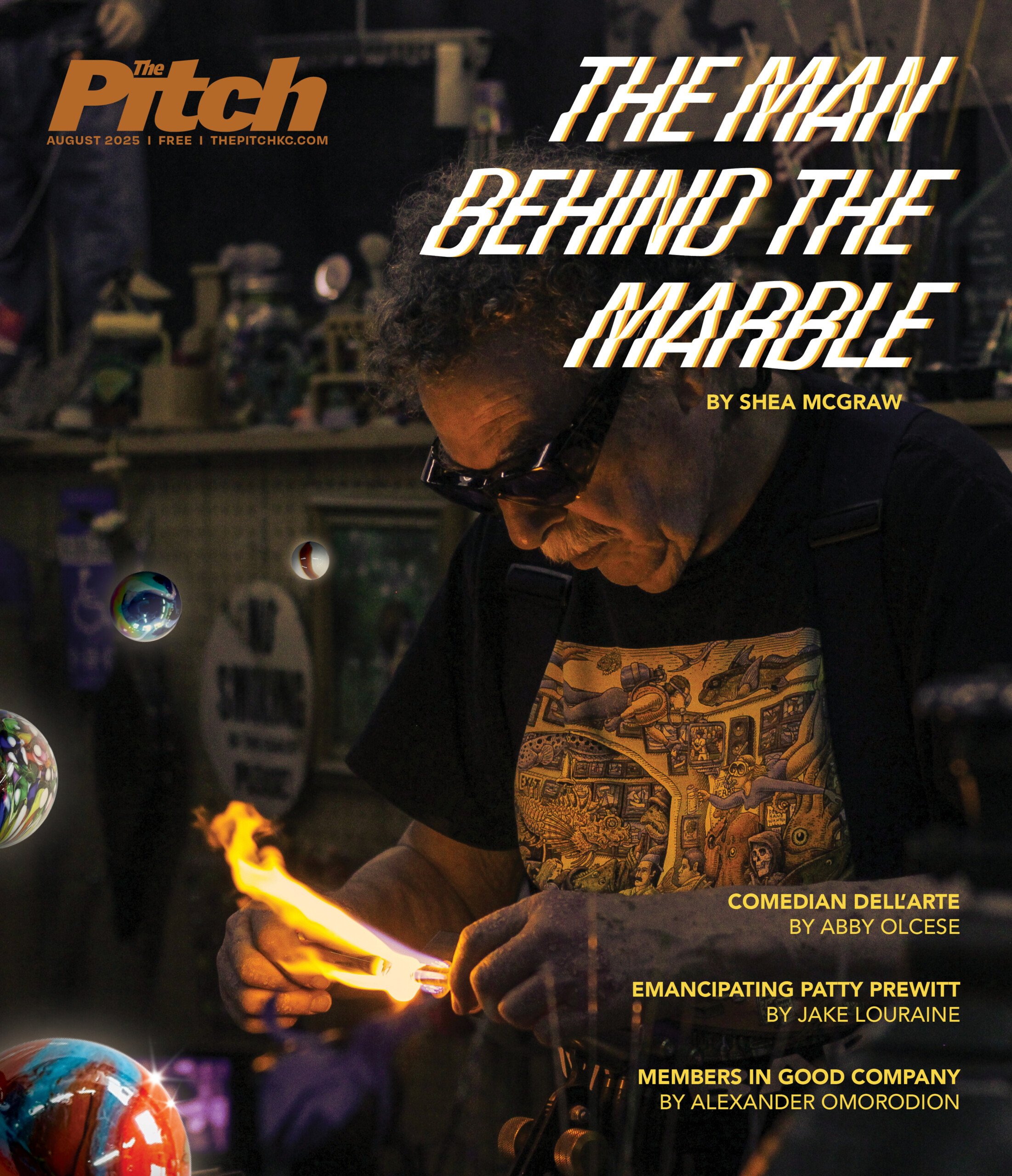At La Esquina: Wall Street, Main Street, Charlotte Street


It has been five years since the start of the financial crisis. Are you doing any better?
Not so much, answer the artists in We’ll Make Out Better Than Okay, a debut exhibition from the Charlotte Street Foundation’s new curator-in-residence, Danny Orendorff.
Among the 15 or so American artists from whom Orendorff has selected works for this interactive show is Mike Simi, whose enormous kinetic sculpture “Mr. Weekend” might be the most assertive of these offerings. It’s a 15-foot-tall sock puppet, constructed from a decommissioned robotic arm once used in a Detroit auto plant. (The plant is now closed.) A tent-sized athletic sock masks the inner workings, making the defunct industry artifact into a ventriloquist dummy. Its cartoonish, beach-ball eyes seem to follow you around the room, and it speaks in a Droopy monotone, the sound of which provides an absurdist score for the whole exhibit.
Daniel Tucker’s “Crisis Image Archives” is less playful. For his introduction to the meltdown’s victims and villains, he has gathered 750 images from the Alternative Press Center to catalog diverse visual responses to the crisis, arrayed along a neat shelf of subject-categorized three-ring binders. The result is a kind of immersive scholarship, and the longer you flip through the slippery page-protector sheets, the more hope shrinks. The piece takes on the feel of an evidence locker, with angry red line-graph vectors rather than bloodstains building a case for a court date that’s unlikely to come.
Orendorff’s aesthetic here is confrontational and occasionally anti-formalist — many of the works on display at La Esquina ask to be experienced more than appraised. There’s little to passively admire in Blake Fall-Conroy’s “Minimum Wage Machine,” for example. The machine hides in an unadorned plywood frame, a utilitarian presentation that keeps the focus on the software and mechanics inside. When you crank a wooden handle, pennies drop into a tray at a measured pace. Do it for 60 minutes, and you’ll walk out with the equivalent of Kansas City’s minimum wage: $7.25 an hour.
I didn’t make it nearly that long. I cranked until tedium set in, then thrust my hand in the tray to claim my reward: six cents.
Steve Lambert’s cheery capitalist sign, hung directly behind the machine, dispenses inspiration for tired toilers. “Give and Give and Give” broadcasts its aggressive message in gleaming aluminum and acrylic, each “Give” flashing in sequence like a marquee. There’s something soothing about the shiny plastic and clean white light. Lambert’s work taps into the sanitizing comforts of consumer culture with all of the buoyant energy and artificial light of a shopping mall.
Other works invite viewers to participate in their own creations. The most striking of these might be Candy Chang’s “I Wish This Was,” a series of fill-in-the-blank stickers. Discouraged by vacant New Orleans storefronts, Chang left boxes of her stickers around the city to inspire citizens to imagine new life for those spaces. Armchair artists have come up with a host of ideas for how to complete the phrase, their wishes ranging from the straightforward and simple (“a home”) to the fanciful (“full of nymphomaniacs with Ph.Ds”). At La Esquina, you can grab a sticker of your own to make your wishes known or you can simply admire photos of Chang’s stickers in the wild.
But Chang’s project embodies an insecurity at the heart of this exhibition. Stickers can’t buy an empty building, after all, and despite earnest intentions, her piece plays into the same ironic optimism as the show’s title — the prayer that wishes might transform a depressed landscape, that crippling debt and lingering unemployment won’t keep us from making out better than OK.
Few of the artists suggest a practical plan for how we might get there. How we got here, however — that’s a question addressed in a Vegas-ready buffet of rage. The works on display offer incisive takedowns of bankers, politicians and privacy-crushing tech giants. Alex Schaefer’s richly textured paintings show Chase Bank branches on fire, and Stephanie Syjuco’s tongue-in-cheek affront to intellectual-property law lets gallerygoers tear off a URL to access a free e-copy of texts, such as “U.S. Intellectual Property Law and Policy.” But We’ll Make Out‘s diffusion exposes the exhibit to the same critique that many levied against Occupy Wall Street — that the anger at hand is too unfocused, too hard to unify into a cogent and change-inducing movement.
William Powhida’s “Griftopia” works to combat that criticism, connecting a spider web of political and socioeconomic ills in an intricate identification of public enemies. Watercolor portraits of bigwigs, such as Michele Bachmann, Alan Greenspan and President Obama, pepper the 5-foot-by-10-foot paper. Handwritten lines of indicting commentary frame the faces, snaking across the enormous spread and converging with new trains of thought where issues and persons intersect. Powhida’s piece is crucial to the exhibit, providing a synthesis of its disparate maze of causes and concerns.
Hours after I left the show, I felt something dig into my hip. I slid a penny out of my pocket. My few seconds of cranking the minimum-wage machine that morning had netted me this virgin coin, gleaming and untarnished, minted after the 2010 design change. The tail side showed a striped Union Shield, with “E Pluribus Unum” splashed much more prominently across the surface. Now the coin seemed like its own ironic commentary. A nation that immortalizes its democratic aspirations on its currency seems more politically divided than ever.




